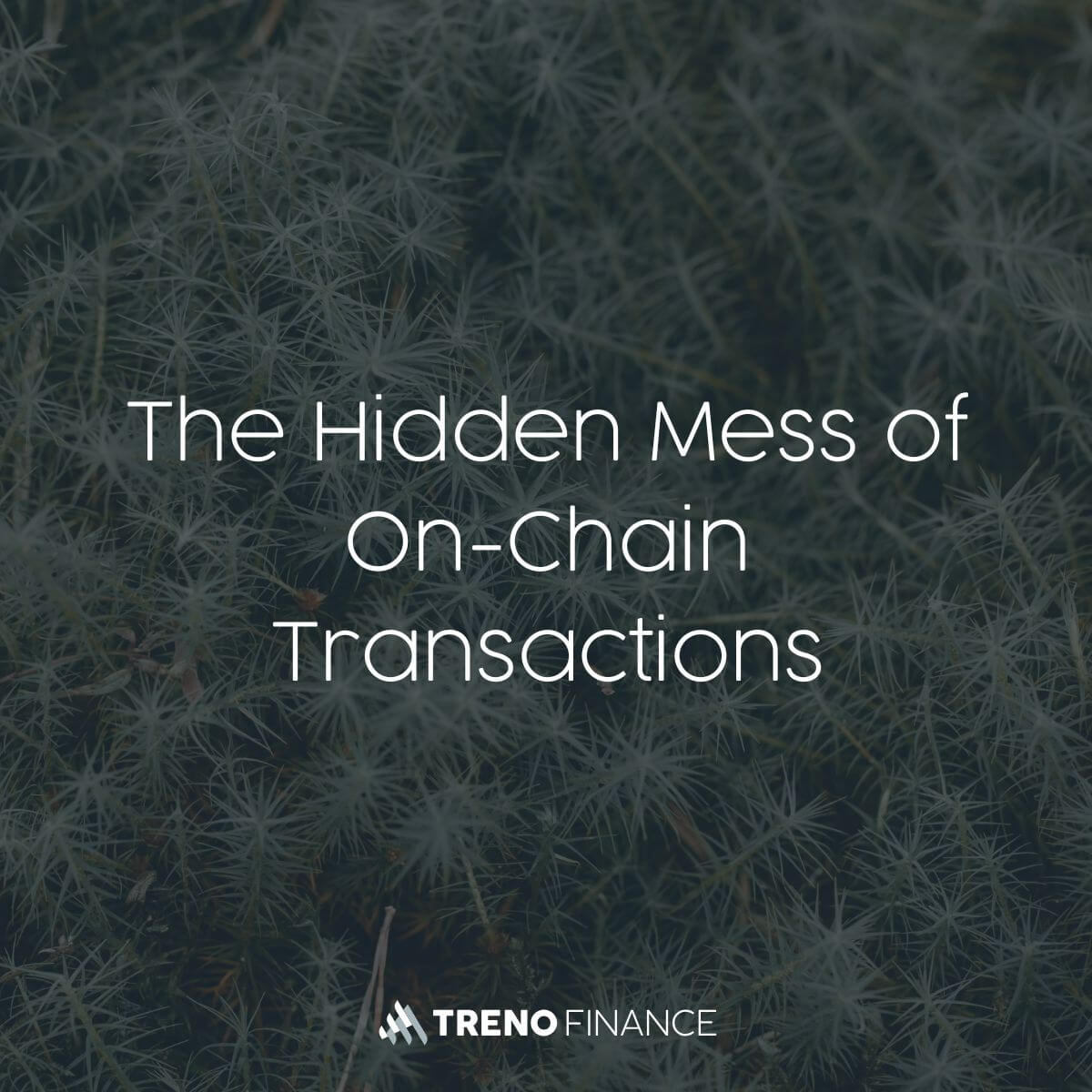Capital Preservation in Crypto, A Strategic Approach to DeFi
The conservative DeFi investor only chooses protocols with audited code, transparent governance, and reliable exit paths. He avoids anything that can't be explained in a few sentences, especially trend tokens and reward-driven models.
1. The Conservative DeFi Investor, A Profile
This investor is part of a rare breed-one that doesn't see DeFi as a game of yield, but as neutral infrastructure.
Instead of reading tokenomics threads, he reviews audit reports. Instead of chasing APYs, he compares liquidation thresholds.
He acts not out of enthusiasm, but from a deep understanding of systemic mechanics.
Coming from traditional finance, he knows: capital without an exit is worthless, and decentralization is no substitute for diligence.
His allocation is defensive, his tools are transparent, and his risks are modeled.
DeFi isn't a promise to him-it's a toolbox.
And he only uses what is liquid, tested, and reversible.
2. No Token That Needs Explaining
The conservative DeFi investor avoids anything sold primarily through narrative.
He only holds assets whose function he can grasp-technically and economically-and whose risks don't hinge on rebases, reflections, or burn mechanics.
Instead of trending tokens, he opts for assets built on reliable infrastructure:
USDC, for its verifiable reserves and regulatory clarity.
DAI, as long as the collateral remains liquid and transparent.
ETH or stETH, when the staking risk is measurable and the exit realistic.
He consistently avoids governance tokens-not out of dogma, but out of experience.
If an asset relies solely on incentives, voting rights, or forward-looking assumptions, it's not an investment-it's an open risk with a logo.
His rule of thumb:
"If I need ten minutes to explain the token, I probably shouldn't be holding it."
3. No Yield Without an Exit
A yield is only as good as the path back to liquidity.
That's why the conservative DeFi investor doesn't just look at the APY, but always asks:
"Can I exit-cleanly, on time, and without governance votes or slippage?"
He favors markets with deep liquidity, clean exit mechanics, and stress-tested volume.
Liquidity shouldn't be modeled-it must be consistently accessible, even under pressure.
- He only uses lending protocols with substantial pool depth and no token lock-ins.
- He assesses pools not by emissions, but by exit capacity during volatility.
- And he knows: high yield means nothing if the capital is trapped when it matters.
His guiding principle:
"Yield without exit isn't yield-it's delayed illiquidity."
4. Platform Selection Is Risk Management
To the conservative investor, a protocol isn't a community-it's a counterparty.
Trust doesn't replace due diligence, not for code, governance, or liquidity.
He selects platforms based on criteria, not campaigns:
- Code history and audits: How old is the codebase? Who reviewed it? With our Risk Assessments, you can analyze exactly that, professional security evaluations without manual effort.
- Failover logic: What happens in failure scenarios? Are there circuit breakers-and who controls them?
- Governance transparency: Can decisions be traced-and by whom are they made?
He favors protocols with clear architecture, conservative defaults, and an operational history.
Aave v2 ranks higher than the latest Base farm-not out of nostalgia, but because stability is a function of time.
His position:
"The less a protocol demands your attention, the more it may deserve it."
5. Rewards? No Thanks.
To him, a reward token isn't interest-it's risk, wrapped in cosmetics.
He draws a hard line between real returns from organic demand and incentives built on dilution.
If a protocol only offers yield by printing its own tokens, that's not income-it's a time-sensitive transfer, hoping for new buyers.
He doesn't ask, "What's the APY?"
He asks, "Who's actually paying this-and why?"
- If he claims reward tokens, he sells them immediately-or ignores them entirely.
- He prefers markets where yield arises from borrower demand, not emissions logic.
- And he knows: the higher the reward, the more fragile the underlying model.
His mantra:
"If it needs justifying, it probably doesn't yield."
6. Structure Over Spread, What Diversification Looks Like in DeFi
Diversification isn't scattering funds across five chains.
For him, it's not about variety-it's about segmentation and damage control.
His setup is functionally separated:
- Hot wallets for operational activity
- Cold wallets for strategic allocation
- Isolated wallets for protocol-specific risk or governance roles
He doesn't allocate across five lending protocols with identical collateral models-
he diversifies across risk architectures: Aave for conventional markets, Morpho for peer-to-peer structures, maybe stETH in a controlled vault with verifiable exit liquidity.
His approach:
"Don't spread wider-separate smarter."
7. Conclusion, DeFi Isn't a Casino if You Don't Play Like a Gambler
The conservative DeFi investor isn't an anomaly-he's a pragmatic response to a system that increasingly demands structure, transparency, and discipline.
He proves that DeFi doesn't require hype to be useful-only process.
His choices are based on data, not desire.
He doesn't chase memes or narrative, but audits, exits, and design assumptions.
- A market that wants to persist must work without speculation.
- A protocol that wants credibility must meet institutional thresholds.
- An investor who wants to survive DeFi must understand how risk operates-not how it's marketed.
DeFi doesn't have to be extreme.
But it is extremely efficient at punishing those who underestimate it.






